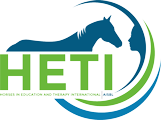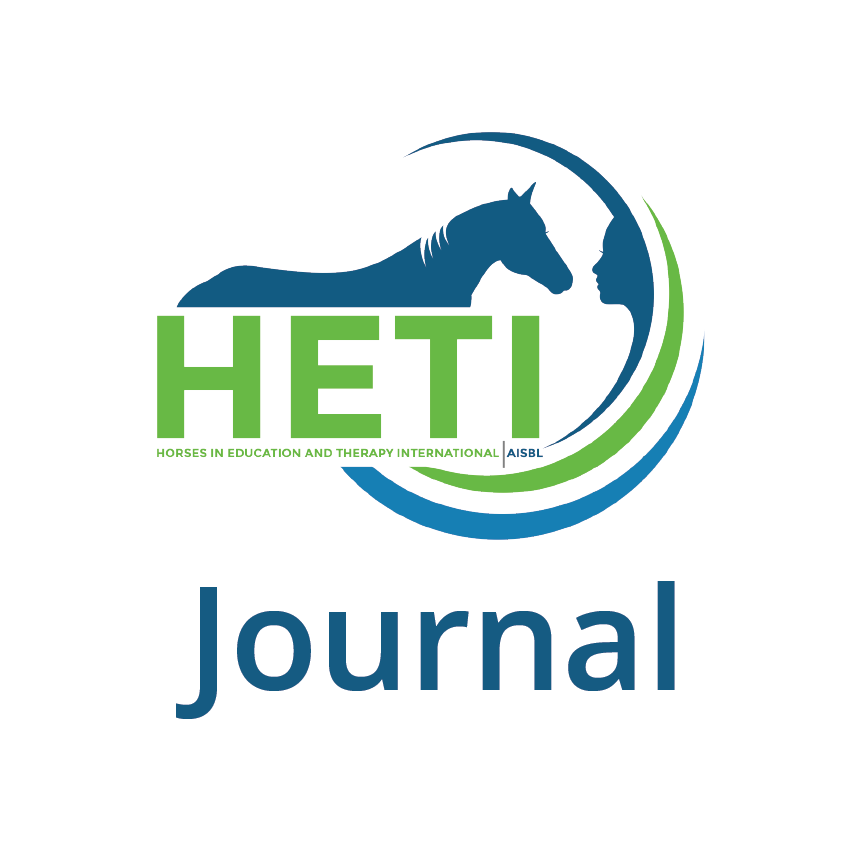Hippotherapy Results on Muscular tonus of Lower Limbs and Motor Performance in Children with Spastic Cerebral Palsy 2007
€5.00
| Author | Andrea Baraldi Cunha, Novaes G.F., Rezende L.C., Correa M.M.D., Garbellini D., Maluf E., Negri A.P., Caldas A.P., Oliveira T.P.G., Haddad C.M. |
|---|---|
| Year | 2007 |
The importance of a treatment for children with CP with the objective of counting
on the plasticity advantages and neuron adaptations is underlined, making it possible for the child to experience movements and postures to which he/she would not have maintenance possibility due to his/her neurological state. (BOTELHO, 2003)
The Hippotherapy (Equoterapia in Brazil) was selected as treatment, which according
to A DE-BRASIL (Brazil's equivalent to ARHA), is a therapeutic and educational methodology that uses the horse within an interdisciplinary approach in the areas of health, education and horseback riding, searching the bio-psycho-social development on people with deficiency and/or special necessities. When the horse moves at the walk, it produces a three-dimensional motion on its back, in the three axis, up and down, forward and backward, to the right and to the left, besides a rotational component which makes the horse's pelvis suffer a rotation as if it were walking. The benefits of this therapy occur because stimulus are generated with rhythm, amplitude and speed capable of decreasing the muscular tonus through the slow vestibular stimulation. The proprioceptive information that children receive when they are on the horse favors the muscular tonus adaptation and facilitates normal motor function (FREIRE, 1999).

